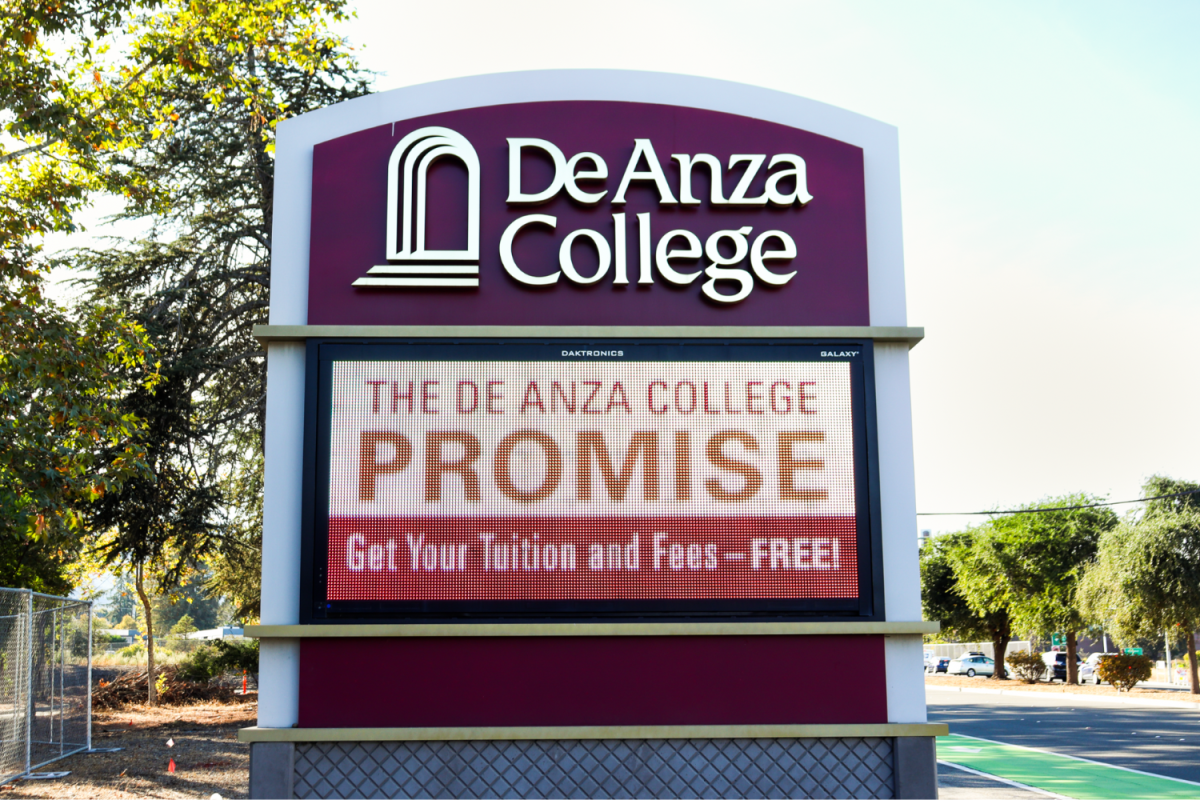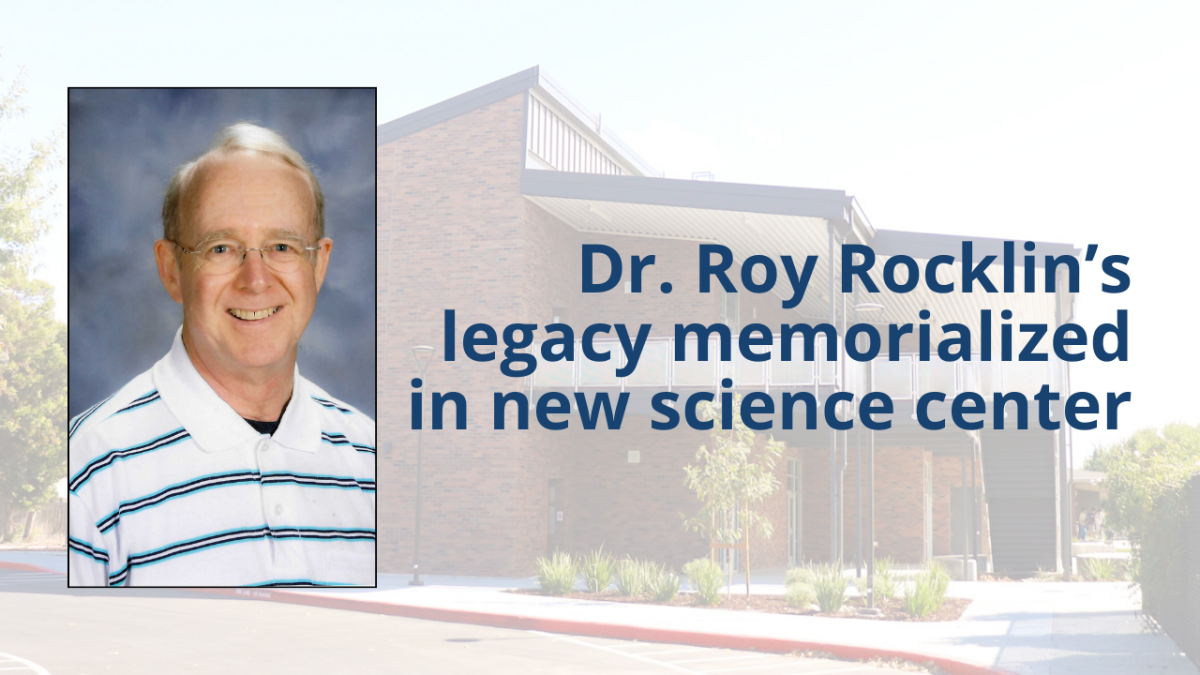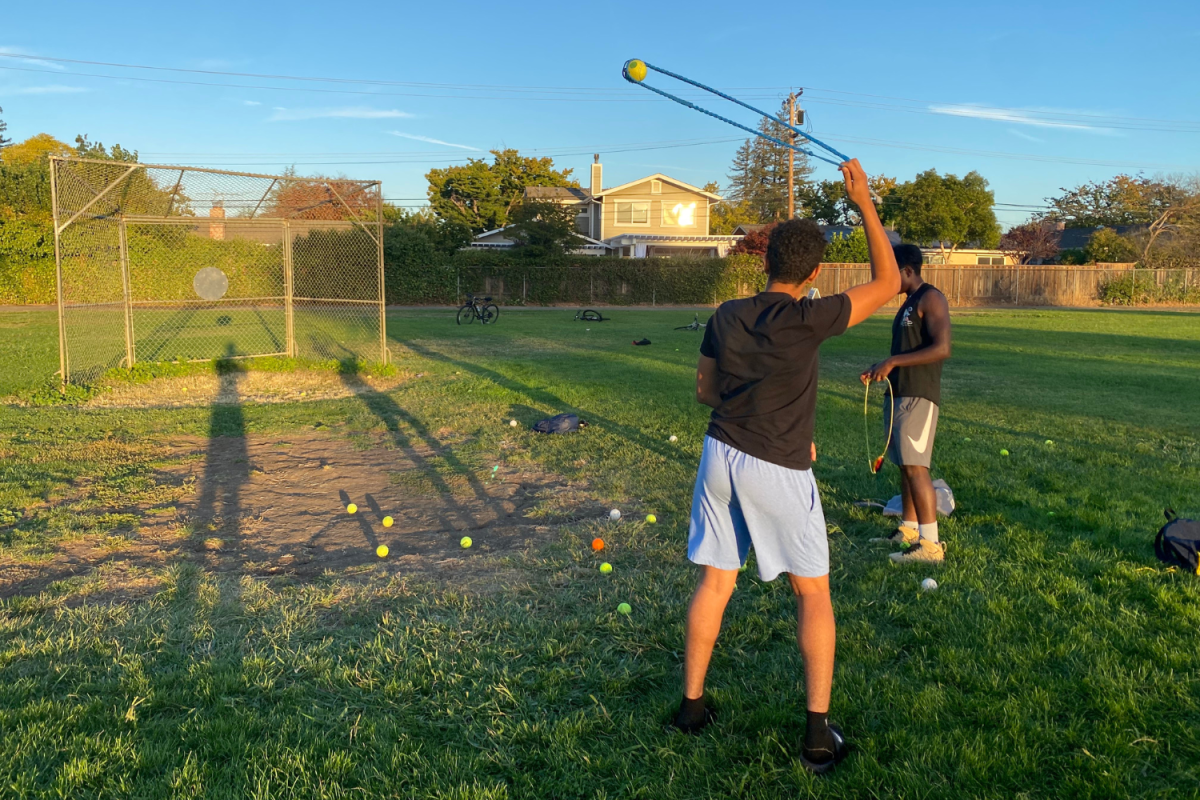In June, the Chancellor of California Community Colleges, Sonya Christian, introduced Vision 2030, a framework aiming to increase enrollment in California community colleges by expanding its dual enrollment programs to high school freshmen and implementing a greater selection of bachelor programs. Through more equitable opportunities for education across all demographics, Vision 2030 hopes to increase social mobility.
In FUHSD schools, dual enrollment is currently offered to juniors and seniors, where they can take a class at De Anza, Foothill, Mission and West Valley colleges for high school credit. This program educates students beyond the scope of the FUHSD curriculum, allowing them to explore collegiate level courses like multivariable calculus, astronomy and psychology. With the new plan guaranteeing dual enrollment access to high school freshmen, including those at Lynbrook, the idea of requiring 12 completed units of dual enrollment credit in order to graduate is being considered. Christian believes this plan will expose high school students to new fields and help them gain diverse interests, potentially translating into their future education.
“Dual enrollment shows students what college life is about. By the time they graduate from high school, they can already have several classes under their belt and have college credit, so it makes the time that they are in college shorter,” said Randy Bryant, Dean of Career and Technical Education and Workforce Development at DeAnza College. “They can enter the workforce faster, with a higher level of education, which translates into higher pay.”
Some students at Lynbrook have already taken advantage of the dual enrollment program offered in the FUHSD district. Students are able to register in any class provided at the DeAnza, Foothill, Mission or West Valley.
“There’s a freedom of choice to take whatever course you’re interested in,” junior Audrey Na said. “I think dual enrollment is a really good idea to further explore a subject matter because you really do get the opportunity to meet professors and they can really help guide you in whatever you’re interested in.”
In the 2017-18 school year, 57% of low- income California high school graduates attended college while their more affluent peers had a college attendance rate of 75%. This staggering statistic demonstrates the education gap between socioeconomic levels. Vision 2030’s goal is to expose underprivileged students to quality college and career support, and to assist them in taking charge of their own future. In addition, if the plan is successful, enrollment of community college students and also dual enrollment among high school students will increase, alleviating concerns of declining enrollment.
One of Christian’s current goals is to establish partnerships with outside groups, especially labor organizations, to help workers earn degrees by attending community college. The plan also aims to implement more bachelor’s degrees programs on community college campuses.
However, the plan is still far from concrete. For example, the classes offered as dual enrollment for the Vision 2030 program are still undecided. Colleges will need to gauge interest to determine which of their wide selection of courses they will be able to offer for dual enrollment, as only courses with enough student interest will be offered.
“We have a lot of programs, but if we don’t have enough students to fill a class, it doesn’t work,” said Randy Bryant. “There has to be enough interest in the student body to fill a class in order to offer dual enrollment.”








































































